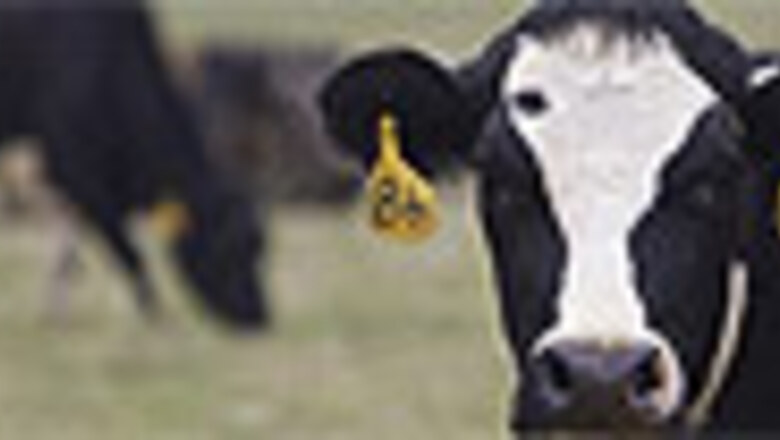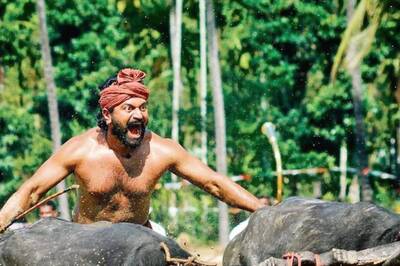
views
Washington: Somehow, cattle seem to know how to find north and south, say researchers who studied satellite photos of thousands of cows around the world.
Most cattle that were grazing or resting tended to align their bodies in a north-south direction, a team of German and Czech researchers reports in Tuesday's issue of Proceedings of the National Academy of Sciences.
And the finding held true regardless of what continent the cattle were on, according to the study led by Hynek Burda and Sabine Begall of the faculty of biology at the University of Duisburg-Essen in Germany.
''The magnetic field of the Earth has to be considered as a factor,'' the scientists said.
This challenges scientists to find out why and how these animals align to the magnetic field, Begall said in an interview via e-mail.
''Of course, the question arises whether humans show also such a spontaneous behavior,'' she added.
The study sent Tina Hinchley, who with her husband Duane operates a dairy farm in the state of Wisconsin, to take a new look at an aerial photo taken of their farm a few years ago.
''The cows that were in the pasture were all over the place,'' she reported. ''Only about two-thirds were north-south,'' she reported.
Two-thirds is close to what the researchers found in their look at 8,510 cattle in 308 pastures. In the study, 60 percent to 70 percent of cattle were oriented north-south, which Begall termed a ''highly significant deviation from random distribution.''
Hinchley stressed that one factor that needs to be considered is cow comfort.
''They don't like to get hot. Their body temperature is 102, (34 Celsius) and they are wearing black leather jackets, literally! If turning north-south would keep them cooler, they would stand that way.''
The research team noted that in very windy conditions cattle tend to face the wind, and have been known to seek out the sun on cold days. But they said they were able to discount weather affects in the study by analyzing clues such as the position of the sun based on shadows.
''This is a surprising discovery,'' said Kenneth J. Lohmann of the biology department at the University of North Carolina. ''Nothing like this has been observed before in cattle or in any large animal.''
However Lohmann, who was not part of the research team, cautioned that ''the study is based entirely on correlations. To demonstrate conclusively that cattle have a magnetic sense, some kind of experimental manipulation will eventually be needed.''
Joseph L. Kirschvink of the California Institute of Technology said he wondered if fences around the pastures could affect cattle orientation.
Passive alignment of animals to magnetic fields has been reported in honeybees and termites, he noted. It requires some type of special sensory organ to detect the magnetic field.
''If they have evidence suggesting that mammals are using magnetic fields to orient their movements, this is very cool,'' said Mark A. Willis, an associate professor of biomedical sciences at Case Western Reserve University in Cleveland.
Willis, who was not part of the research team, added, ''We have only in the last few years begun to understand the mechanisms underlying magnetic field orientation in birds and other smaller animals.''
Indeed, it is small animals that led to this study, Begall explained. They were researching the magnetic field affect on African mole-rats.
''At one point last year the question came up whether large animals could also sense the Earth's magnetic field or not. But of course, it is difficult, or maybe impossible, to do these studies in the lab,'' she said. ''So, the idea arose to look for other large mammals like cattle, and Hynek Burda was fascinated when he recognized that cattle could be found on Google Earth satellite images.''
With satellite images they could tell the north-south orientation of the animals, but not whether an individual cow was facing north or south. You have to get closer to tell which end is which.
Now the researchers are moving on to study sheep, goats, horses, wild boar and some further deer species,'' she added.
The current study said red and roe deer also were found to orient in a north-south direction when grazing and resting, but unlike the worldwide cattle study, the deer portion was limited to the Czech Republic.




















Comments
0 comment